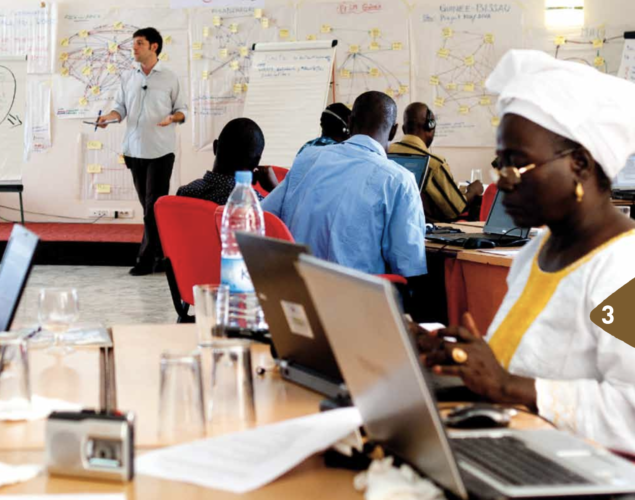Climate change has been one of the major environmental issues faced by people around the globe. As climate change continues to get worse, weather events are becoming more dangerous as well. The impacts of climate change are evident in shifting weather conditions, rising sea levels, intense drought, heat waves, storms, and flash floods among others. These have severely affected food production, the habitation of animals, and the day-to-day activities of people, including their livelihoods. To combat these impacts, researchers and scholars have used the media, specifically the mainstream print newspaper and social media, to raise awareness on climate change.
In line with the above information, journalists’ Twitter newsfeeds and blogs on the Mail & Guardian newspaper’s Thought Leader site were analyzed to determine which has the better potential between print and online media to reach the audience, especially when publishing information regarding the public debate on climate change. The study also analyzed the role of online and print media in covering climate change issues in different countries, including America and New Zealand.
The study revealed that social media and online journalism coverage of climate change are almost the same. Meanwhile, print and social media usually cover climate change as an environmental, economic, or political story. Others, on the other hand, relate the said issue to more comprehensive development topics, government policies, and impacts on local communities. English is the primary language used when publishing climate change-related stories in South Africa. Hence, it is recommended that such stories must be translated into languages for them to reach wider audiences. Further details about the study can be found here.
Reference:
Bosch, T. (2012). Blogging and tweeting climate change in South Africa. Ecquid Novi: African Journalism Studies, 33:1, 44-53. DOI: 10.1080/02560054.2011.636825.
Photo: (c) FAO
Article contributed by Claudine Batimana, ComDev Asia intern

